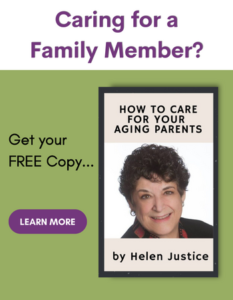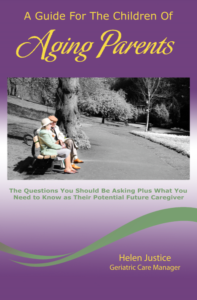by Hannah Turk
Simply put, Shingles is an attack on the body’s immune system. Shingles, also known as herpes zoster, is a viral infection that causes a painful skin rash which often include blisters. The blisters most commonly appear in a stripe like pattern, entering at the roots of nerves and follows them to the skin. Shingles is caused by a reactivation of the varicella zoster virus, also known as chicken pox. The chicken pox virus lies dormant for years, sometimes even decades, waiting to be reactivated.
Approximately one in three Americans will experience Shingles in their lifetime. Typically, Shingles affect the elderly and the immunocompromised. As we age, our immune system’s ability to fight off various illnesses naturally diminishes. Others who are fighting autoimmune disorders, being treated for cancer, or that have HIV are also at risk for developing the virus. Although rare, low risk healthy adults can develop shingles. Fortunately, they usually have an easier time recovering from the effects of the virus. Those who are elderly or have other complications have a difficult time recovering from Shingles. The virus can be fairly serious but is rarely deadly.
People afflicted with shingles note a multitude of symptoms, including but not limited to burning, tingling, itching, skin sensitivity, rash, blisters, chills, etc. Shingles also can cause long term side effects like nerve pain, scarring, and neuropathy. The scarring occurs where the blisters appeared on the skin during the viral attack. The scarring is usually caused when the person affected picks or scratches at the blisters. Post-Herpetic Neuralgia (PHN) is a condition developed after Shingles categorized by ongoing nerve pain. Usually, the older you are the more likely you are to develop PHN. Pain from PHN can cause depression, anxiety, weight loss, sleeplessness, etc. It has been known to make it difficult for the afflicted to perform their basic activities of daily living. Symptoms of PHN can last anywhere from a few months to years.
Fortunately, unlike its predecessor Chicken Pox, Shingles cannot be passed from person to person. However, a person with Shingles can spread the virus to another person who has not had chickenpox. That person could develop chicken pox but not shingles. The duration of illness is only about 7-10 days in most cases. Most people only get shingles one time, but it is possible to get it multiple times. There are a large variety of things someone dealing with Shingles can do to get relief. Most importantly getting adequate amounts of rest while affected. Other methods of relief include stretching, walking, cool compress, wearing loose fitted clothing, calamine lotion, and oatmeal baths. It is also helpful to use reading, tv, or hobbies to distract from the itching. If symptoms are severe enough contacting a physician to prescribe anti-viral medication can be helpful. Unfortunately, when dealing with a viral infection there is not a perfect medication available to manage all the symptoms.
Thankfully, due to advances in modern medicine, Shingles can be prevented. If you have had chicken pox in the past and are 50 years or older, talk to your doctor about getting vaccinated. Receiving a Shingles vaccine can reduce your chances of getting Shingles.




Stay Up To Date With AWGCM